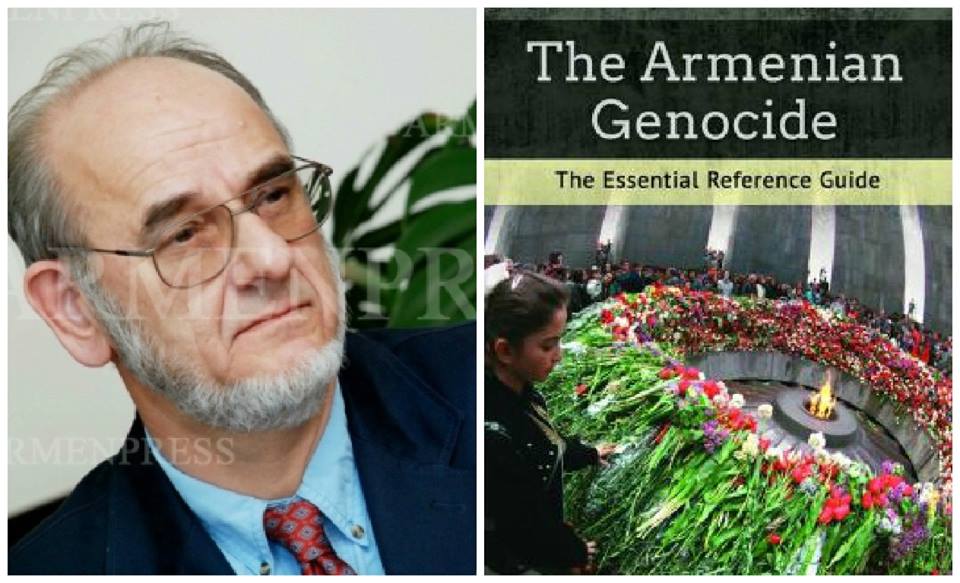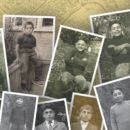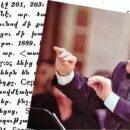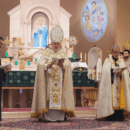The coverage of the Armenian Genocide in publications like the Toronto Globe to the New York Times has helped scholars point out the truth. In this reflection piece, which appeared originally in the newspaperTorontoHye, genocide scholar Alan Whitehorn reflects on his time studying the coverage of genocide in the press and how it launched him into an unexpected career path.
We often speak of intentionality in genocide, but it was not initially the case in my university career. Most of my earlier academic work was on elections, parties, ideologies and comparative politics. However, I began my odyssey on genocide research in earnest about four decades ago when I was a young assistant professor. I was searching to fill the gaps in my personal knowledge of that fateful year 1915. My family’s roots on my mother’s side are Armenian, and my metzmama was an orphan of the Young Turk genocide of Armenians. Our family history was very much intertwined with that of the Young Turks’ historic crimes against humanity.
On one cloudy afternoon long ago I sat down at the microfilm reader in the library at the Royal Military College of Canada in Kingston. As I turned the spools of microfilm, I proceeded to look at the old issues of the Toronto Globe newspaper, Canada’s equivalent to the New York Times. I carefully scanned each column of every page, covering each and every day for the entire year of 1915. I wanted to see directly what Canadians had read at that historic time about the unfolding mass deportations and ethnic killings. I took careful handwritten notes and made photocopies of all the significant articles. After several days of research, I could see for myself how much people knew over the unfolding day by day timeline. I learned a lot reading those accounts. Having completed this personal research, I placed my notes and photocopies in a cherished file folder to be stored in my cabinet drawer.
About a decade later, I saw an official letter to the Globe from a senior Turkish Embassy official denying the Armenian Genocide. In response, I retrieved the old photocopies and drafted a reply, pointing out the powerful headlines from 1915 that showed how much we knew even then. Little did I realize that it would be a pivotal moment in my career. Shortly thereafter, I was invited to a conference on ethnic and religious minorities in the Ottoman Empire. Joining my colleague professor Lorne Shirinian, we each contributed a chapter to the conference volume, and our two chapters became the basis for our own book The Armenian Genocide: Resisting the Inertia of Indifference (2001). This booklet was intended to give our politicians in the Canadian Senate and House of Commons a summary historical background and Canadian perspective on the genocide. It was our hope that the volume would assist politicians to understand the importance of a vote on recognition. Our collective efforts were successful.
It seems that one book led to another, including some on genocide poetry: Ancestral Voices: Identity, Ethnic Roots and A Genocide Remembered (2007), Just Poems: Reflections on the Armenian Genocide (2009), andReturn to Armenia/Veradardz depi Hayastan (2012). In honor of the centennial, I edited the first-ever English language encyclopedia entitled The Armenian Genocide: The Essential Reference Guide (2015).
Around the same time that I was editing the encyclopedia, I was asked by Ara Ketibian and Mkhitarist Reverend Vahan Ohanian to pen the introduction to the two volume collection of newspaper articles from the New York Times that spanned the years of massacres and genocide from 1890 to 1922. Somehow, it seemed fitting for me, the grandson of an orphan of the genocide, to return to studying the newspapers of those years of persecutions and mass slaughter. Recently published in Yerevan, The Armenian Genocide: Prelude and Aftermath As Reported in the US Press: The New York Times (2018) is a global project and is part of a series of volumes that will include other leading American newspapers of the day.
In my introduction to the NY Times volumes, I undertook to conduct a content analysis of the words and phrases used by the overseas missionaries, diplomats and journalists to document the range of horrific scenes. One section “Describing the Indescribable” outlined my listing of those words in ascending levels of atrocity. Previous versions of that important section have appeared in the Armenian Genocide encyclopedia and several Armenian diaspora newspapers, including The Armenian Weekly. The original newspaper documents remain powerful accounts. I hope that readers around the globe will find the New York Timesvolumes as meaningful as I have.





